Laserfest Videos
 I think I mentioned a while back that as a celebration of the 50th anniversary of the Laser, there was a video competition on Physics Central to make a fun video about the Laser. They were put on YouTube (tag is laserfest, I think) and then there was voting at some point (I imagine), and winners were chosen. You can see them here. Congratulations to the winners!
I think I mentioned a while back that as a celebration of the 50th anniversary of the Laser, there was a video competition on Physics Central to make a fun video about the Laser. They were put on YouTube (tag is laserfest, I think) and then there was voting at some point (I imagine), and winners were chosen. You can see them here. Congratulations to the winners!
Actually, I think the whole playlist of Laserfest video entries is here, and you can jump through them by clicking the link to the next one in the top right hand area.
Are you aware of Laserfest, by the way? Go and check out the website and join in the celebrations of the Laser!
I should mention that the competition has all meant good news for my work as well. I […] Click to continue reading this post

 You can read a bit about the work of my colleague
You can read a bit about the work of my colleague 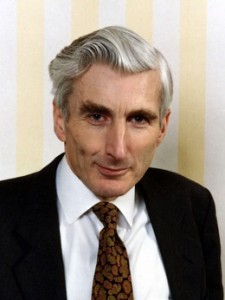

 ]
] 
 One of the things I worked a lot on in earlier months this year (and late ones of last year) was the lead article in a cluster of articles that has appeared in the last few days in May’s special edition of Physics Today. They are sort of departmental-colloquium-level articles, so for a general physics audience, more or less. It’s about some of the things I’ve told you about here in the past, concerning exciting and interesting applications of string theory to various experiments in nuclear physics, as well as atomic and condensed matter physics (although we do not have an article on the latter in this cluster). I had a fun time working with Peter Steinberg on the article and remain grateful to him for getting us all together in the first place to talk about this topic way back in that AAAS symposium of 2009. It was there that Steven Blau of Physics Today got the idea to approach us all to do an article, which resulted in this special issue.
One of the things I worked a lot on in earlier months this year (and late ones of last year) was the lead article in a cluster of articles that has appeared in the last few days in May’s special edition of Physics Today. They are sort of departmental-colloquium-level articles, so for a general physics audience, more or less. It’s about some of the things I’ve told you about here in the past, concerning exciting and interesting applications of string theory to various experiments in nuclear physics, as well as atomic and condensed matter physics (although we do not have an article on the latter in this cluster). I had a fun time working with Peter Steinberg on the article and remain grateful to him for getting us all together in the first place to talk about this topic way back in that AAAS symposium of 2009. It was there that Steven Blau of Physics Today got the idea to approach us all to do an article, which resulted in this special issue.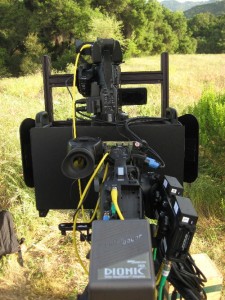
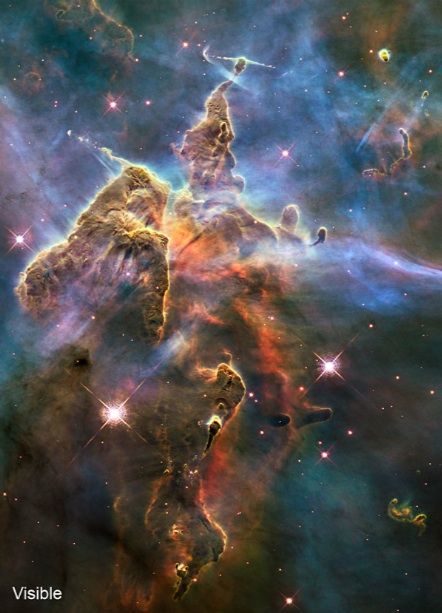
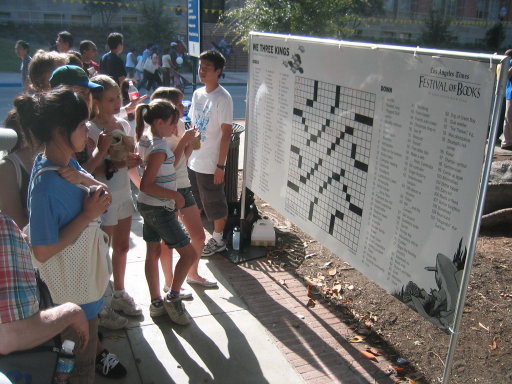
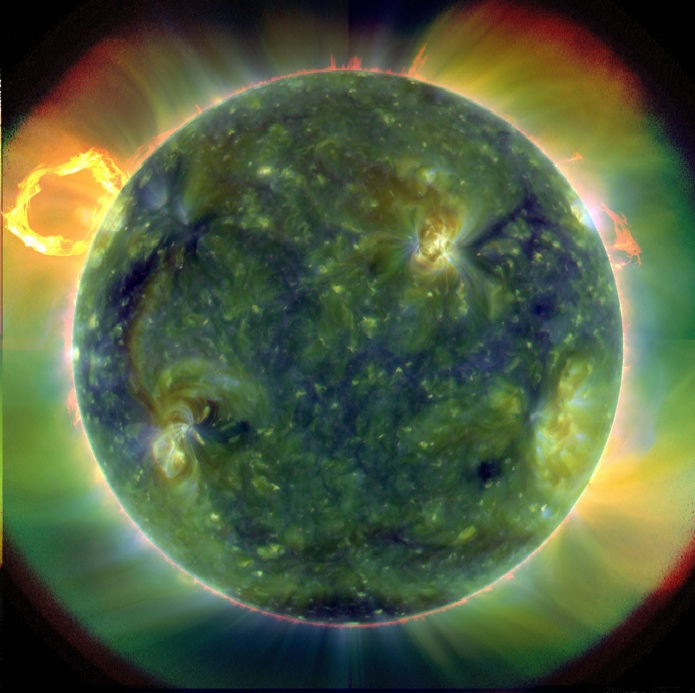 [/caption]
[/caption]















